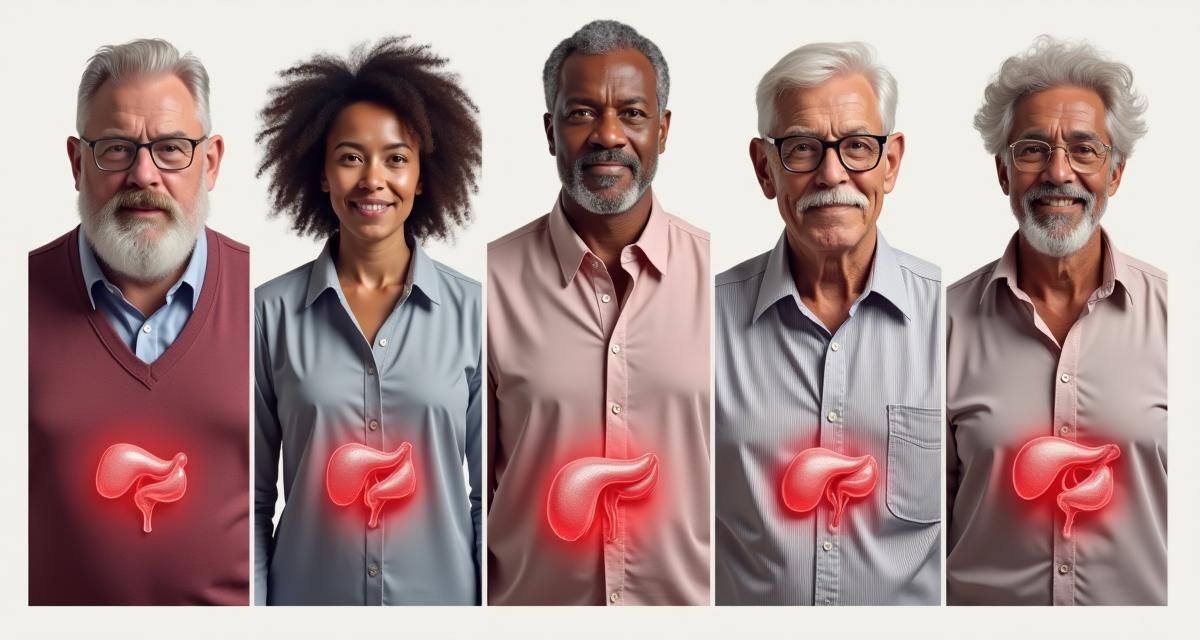You’ve probably heard of the prostate, but do you actually know what it does? This small gland plays a big role in male reproductive health, yet many men don’t think about it—until there’s a problem.
In this article, we’ll explain the function of the prostate, why it’s important, and how it supports fertility and overall health. Whether you’re just curious or want to stay informed about your body, it’s worth knowing what this walnut-sized gland really does.
What Does the Prostate Do?
Producing and Secreting Prostatic Fluid
The prostate gland is primarily responsible for producing and secreting prostatic fluid, a key component of semen. This fluid is alkaline, which helps to neutralize the acidity of the vaginal tract, thereby protecting sperm and enhancing their motility. The secretion process is crucial for the survival and transportation of sperm during reproduction.
- Prostatic fluid makes up about 30% of the total semen volume.
- It contains enzymes, zinc, and citric acid, which are vital for sperm health.
- The fluid’s alkaline nature helps in prolonging the lifespan of sperm.
Regulating Urine Flow
The prostate also plays a role in regulating urine flow. It surrounds the urethra, the tube through which urine exits the body. By contracting and relaxing, the prostate helps control the flow of urine, preventing involuntary leakage and ensuring smooth urination.
- The prostate’s muscular tissue aids in controlling urine flow.
- It prevents urine from mixing with semen during ejaculation.
- Proper functioning of the prostate is essential for urinary health.
Supporting Male Fertility
Supporting male fertility is another critical function of the prostate. By producing prostatic fluid, the gland ensures that sperm are well-nourished and protected, increasing the chances of successful fertilization. The nutrients and enzymes in the fluid are essential for maintaining sperm vitality.
- Prostatic fluid provides essential nutrients for sperm.
- It enhances sperm motility and longevity.
- The prostate’s role is vital for reproductive success.
Anatomy and Location of the Prostate
Size and Shape of the Prostate Gland
The prostate is roughly the size of a walnut and has a firm, smooth texture. Its size can vary with age and health conditions, but it typically measures about 3 cm in length and 4 cm in width. Understanding its size and shape is important for diagnosing potential health issues.
- The prostate is about the size of a walnut.
- It can enlarge with age or due to health conditions.
- Regular check-ups can help monitor changes in size.
Position in the Male Reproductive System
Located below the bladder and in front of the rectum, the prostate is strategically positioned in the male reproductive system. It encircles the urethra, playing a crucial role in both urinary and reproductive functions.
- The prostate is situated below the bladder.
- It surrounds the urethra, impacting both urine and semen flow.
- Its position is key to its dual role in the body.
Surrounding Organs and Structures
The prostate is surrounded by several important structures, including the bladder, rectum, and seminal vesicles. These organs work in conjunction with the prostate to ensure proper urinary and reproductive functions.
- The bladder sits above the prostate.
- The rectum is located behind the prostate.
- Seminal vesicles are positioned near the prostate, contributing to semen production.
Key Functions of the Prostate Gland
Seminal Fluid Production
The production of seminal fluid is one of the prostate’s primary functions. This fluid is essential for the transportation and nourishment of sperm, playing a critical role in reproduction.
- Seminal fluid is crucial for sperm transport.
- It provides a medium for sperm to swim in.
- The prostate’s contribution is vital for reproductive health.
Sperm Nourishment and Protection
The prostate ensures that sperm are well-nourished and protected by secreting a fluid rich in nutrients and enzymes. This protection is essential for sperm to survive the journey through the female reproductive tract.
- Prostatic fluid contains nutrients vital for sperm health.
- It protects sperm from acidic environments.
- The prostate’s role is crucial for successful fertilization.
Urethra Support and Control
Supporting and controlling the urethra is another important function of the prostate. By surrounding the urethra, the prostate helps regulate the flow of urine and semen, ensuring proper function of the urinary and reproductive systems.
- The prostate supports the urethra’s structure.
- It helps control the flow of urine and semen.
- Proper prostate function is essential for urinary health.
Prostate Health and Common Conditions
Benign Prostatic Hyperplasia (BPH)
Benign Prostatic Hyperplasia (BPH) is a common condition where the prostate enlarges, often leading to urinary issues. While not cancerous, BPH can cause discomfort and requires medical attention to manage symptoms.
- BPH is a non-cancerous enlargement of the prostate.
- It can cause urinary problems like frequent urination.
- Treatment options include medication and lifestyle changes.
Prostatitis
Prostatitis is an inflammation of the prostate, often caused by infection. It can lead to pain, difficulty urinating, and other symptoms. Early diagnosis and treatment are crucial for managing this condition.
- Prostatitis is an inflammation of the prostate.
- Symptoms include pain and urinary difficulties.
- Treatment may involve antibiotics and pain management.
Prostate Cancer
Prostate cancer is a serious condition that affects many men, especially as they age. Early detection through regular screenings is vital for successful treatment and management.
- Prostate cancer is a common cancer in men.
- Early detection is key to effective treatment.
- Regular screenings can help catch cancer early.
Maintaining Prostate Health
Dietary Recommendations
A healthy diet is essential for maintaining prostate health. Foods rich in antioxidants, vitamins, and minerals can help reduce the risk of prostate issues and promote overall well-being.
- Include fruits and vegetables in your diet.
- Consume foods high in omega-3 fatty acids.
- Limit red meat and processed foods.
Exercise and Lifestyle Factors
Regular exercise and a healthy lifestyle can significantly impact prostate health. Staying active helps maintain a healthy weight and reduces the risk of prostate-related conditions.
- Engage in regular physical activity.
- Maintain a healthy weight.
- Avoid smoking and excessive alcohol consumption.
Regular Check-ups and Screenings
Regular check-ups and screenings are crucial for early detection of prostate issues. Men should discuss screening options with their healthcare provider to ensure timely diagnosis and treatment.
- Schedule regular prostate screenings.
- Discuss risk factors with your doctor.
- Early detection can lead to better outcomes.
Prostate Function Throughout a Man’s Life
Puberty and Prostate Development
During puberty, the prostate begins to grow and develop, playing a crucial role in the onset of male reproductive capabilities. This development is essential for future fertility and reproductive health.
- The prostate grows during puberty.
- It begins producing prostatic fluid.
- Development is key for reproductive health.
Adult Prostate Function
In adulthood, the prostate continues to play a vital role in reproductive and urinary functions. Maintaining prostate health is important for overall well-being and quality of life.
- The prostate supports reproductive functions.
- It helps regulate urine flow.
- Adult men should monitor prostate health.
Age-Related Changes in Prostate Function
As men age, the prostate may undergo changes that can affect its function. Understanding these changes and seeking medical advice can help manage potential issues.
- The prostate may enlarge with age.
- Age-related changes can impact urinary function.
- Regular check-ups can help manage age-related issues.
Final Thoughts
Understanding the prostate’s functions and maintaining its health is crucial for overall male well-being. By staying informed and proactive, men can ensure their prostate remains healthy throughout their lives.
FAQs
Can you live without a prostate?
Yes, it is possible to live without a prostate. However, its removal can affect urinary and sexual functions. Men who undergo prostate removal should discuss potential impacts with their healthcare provider.
How can I feel my prostate?
The prostate can be felt through a digital rectal exam performed by a healthcare professional. This exam helps assess the size and condition of the prostate. It is not recommended to attempt this on your own.
What are the warning signs of prostate problems?
Warning signs of prostate problems include difficulty urinating, frequent urination, and pain in the pelvic area. If you experience these symptoms, consult a healthcare provider for evaluation and diagnosis.


